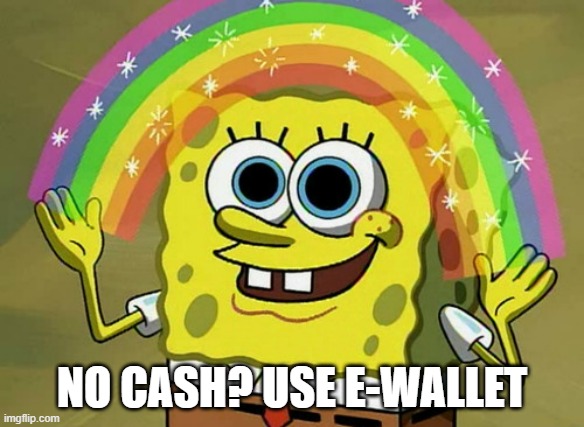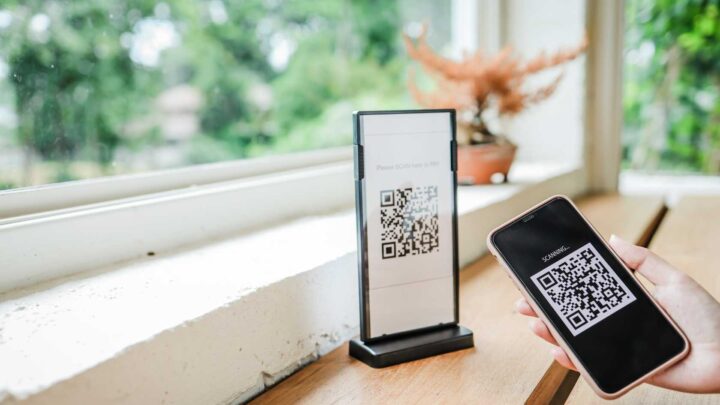We are currently living in a state where the majority of our payments are made through e-wallets, particularly the Touch’nGo (TNG) e-wallet. Even when we dine at hawker stalls, we can easily pay for our meals using TNG. I can’t remember the last time I withdrew cash from my bank account; however, there have been multiple occasions when I needed to make cash transactions, requiring me to borrow money from a friend to pay the vendor. Later, I would reimburse my friend using TNG. This highlights how much I’ve come to rely on e-wallets for my daily spending.

I consistently top up my TNG e-wallet with a minimum of RM1,000 each month because TNG doesn’t impose any fees for credit card top-ups. By using my Alliance Bank credit card, I am able to earn up to 8,000 Timeless Bonus Points (TBP) each month when I top up RM1,000. However, I recently came across announcement that I saw on RinggitPlus that starting from November 1, 2023, TNG will automatically apply a 1% fee to all credit card top-ups, and this fee will be categorized as a Transferrable Balance. You can read more on Transferrable & Non Transferrable Balance here. My initial reaction to this 1% fee was negative because it meant an additional cost of RM10 for my RM1,000 top-up. After taking some time to think about it, I realized that the impact might not be as significant as I initially thought. I can still earn my Alliance TBP points. For every 3,000 TBP points, I can redeem 1,000 AirAsia points (equivalent to RM10). So, by paying an extra RM10, I can still earn 2,000 AirAsia points (worth RM20). In the past, I didn’t have to pay any fees to earn 8,000 TBP points, but starting from November 1, I’ll have to pay RM10 (1% of the RM1,000 top-up fee) to accumulate 8,000 TBP points. Are you following along so far? In other words, it’s still worthwhile for me to top up with my credit card because I can still accumulate more AirAsia points through my top-up. Additionally, I can also earn some extra cents from GO+.
GrabPay has also recently made some changes to their GrabRewards, making it more challenging to redeem points. In the past, all payments were automatically categorized as either 0.75x or 1.5x points, depending on your subscription. However, effective July 10, 2023, they transitioned in-store and online transactions to a mystery reward system, where the points can sometimes be quite minimal, despite their claim of up to 10,000 GrabRewards points. Furthermore, they reduced the points redemption value for GrabFood. Previously, you could maximize your points redemption, potentially enjoying your food for free if you had accumulated enough points. For instance, if you had 1,000 points, they might now only allow you to redeem up to 300 points, leaving you to pay for the remainder of your meal.

BigPay generated significant excitement when it was launched a few years ago. However, I’ve stopped using it in recent years. Despite the 5% savings on AirAsia flight bookings, it no longer provides sufficient value to justify its use. I still make occasional use of Fave, particularly when visiting certain restaurants. Currently, I’m benefiting from a 10% cashback offer at my favorite cafe. Given my frequent visits, I can enjoy discounts on each of my purchases through cashback. In contrast, the Boost app has remained dormant on my phone for an extended period. It used to be my preferred e-wallet when they offered a shake reward for cashback. However, Since they removed that, I have 100% stopped using them.
As e-wallet benefits continue to evolve, we may anticipate further changes in the future as these e-wallet companies strive to secure their market share. Their initial incentives to attract users significantly benefited us in earlier years. However, as they decrease the market share of their competitors, they may reduce these benefits to enhance their profits. This dynamic mirrors the competition between GrabRide and Uber, where one eventually emerged as the dominant player. To make the most of the current situation, we should enjoy the benefits and perks while these companies compete. Once a clear leader emerges, we’ll need to adapt to the changes. In the current landscape of digital payments in Malaysia, we’ll need to accept these shifts, especially since TNG and GrabPay control the largest market share.

OSS!



